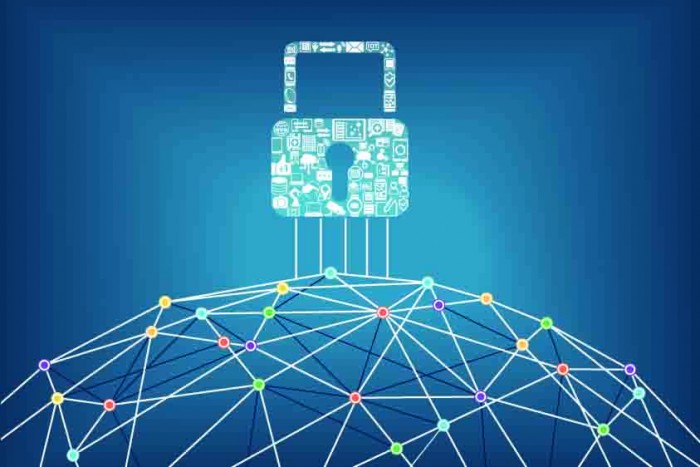 During the Black Hat USA 2017 conference in Las Vegas held on 27th July, a team of New York University researchers challenged the notion that cyber-attacks against power grids and other critical infrastructure systems have long been considered a threat limited to nation-states due to the sophistication and resources necessary to mount them.
During the Black Hat USA 2017 conference in Las Vegas held on 27th July, a team of New York University researchers challenged the notion that cyber-attacks against power grids and other critical infrastructure systems have long been considered a threat limited to nation-states due to the sophistication and resources necessary to mount them.
The team revealed vulnerabilities in a component that combined with publicly available information provide sufficient information to model an advanced, persistent threat to the electrical grid.
Michail Maniatakos, a research professor at the NYU Tandon School of Engineering and an assistant professor of electrical and computer engineering at NYU Abu Dhabi, detailed the discovery of a security flaw in the authentication mechanism of a legacy protective relay — a component that responds to changes in flow across the grid to isolate electrical faults.
The vulnerability allows an attacker with local or remote access to extract and reverse-engineer the weakly encrypted and easily accessed passwords used to reprogram the relay’s protective setpoints.
Maniatakos and his collaborators also highlighted how information about network topology and grid components may allow adversaries to create a model of the power system — information that can be used to pinpoint the most critical nodes of the system.
These included some local energy commission meetings, disclosing critical power usage information, are available on YouTube; and equipment suppliers market the sale of their critical equipment online, alerting potential adversaries to where their equipment is used.
The researchers were also able to use Google Earth to track power lines. Furthermore, the team was able to purchase the relay on eBay for about $1,000, and other equipment critical to the grid is also publicly available.
“It is essential that at each step, the energy industry considers the implications of their communication – disclosing information for the right reasons,” Maniatakos said. “Some regulatory changes are clearly needed: We should never have been able to inexpensively purchase equipment critical to the power grid. But one of the most important lessons this study delivers is that cybersecurity must not be regarded as a simple issue of complying with regulations. It must be viewed as an integral element of design and operation.”
As utilities modernizse and upgrade their systems, they need to address the security of components that were manufactured and installed years or even decades ago – a difficult challenge because bad actors search daily for vulnerabilities, he explained.
The NYU researchers worked closely with GE, the manufacturer of the Multilin relay series, to release a patch to secure the vulnerability shortly after the NYU team disclosed the flaw to the company in 2016; they made only some of their findings public at Black Hat 2017 so that utilities and GE would have time to implement fixes. Their research is based on experiments in a laboratory setting, and their published findings neither instruct nor detail successful strategies for attacking existing infrastructure systems. Rather, the work highlights how such software vulnerabilities, along with publicly available yet sensitive information about the power grid, increases the potential for infrastructure attacks.
In addition to Maniatakos, the research team contributing to the Black Hat presentation includes NYU Tandon doctoral students Anastasis Keliris and Charalambos Konstantinou. Their findings will be published by Black Hat in a paper entitled GE Multilin SR Protective Relays Passcode Vulnerability. ICS-CERT (Industrial Control Systems Cyber Emergency Response Team), the US cyber emergency response team, published the NYU-GE coordinated disclosure in April 2017.





